8 Things You Need to Know About the Christmas Cactus
•Posted on December 21 2018
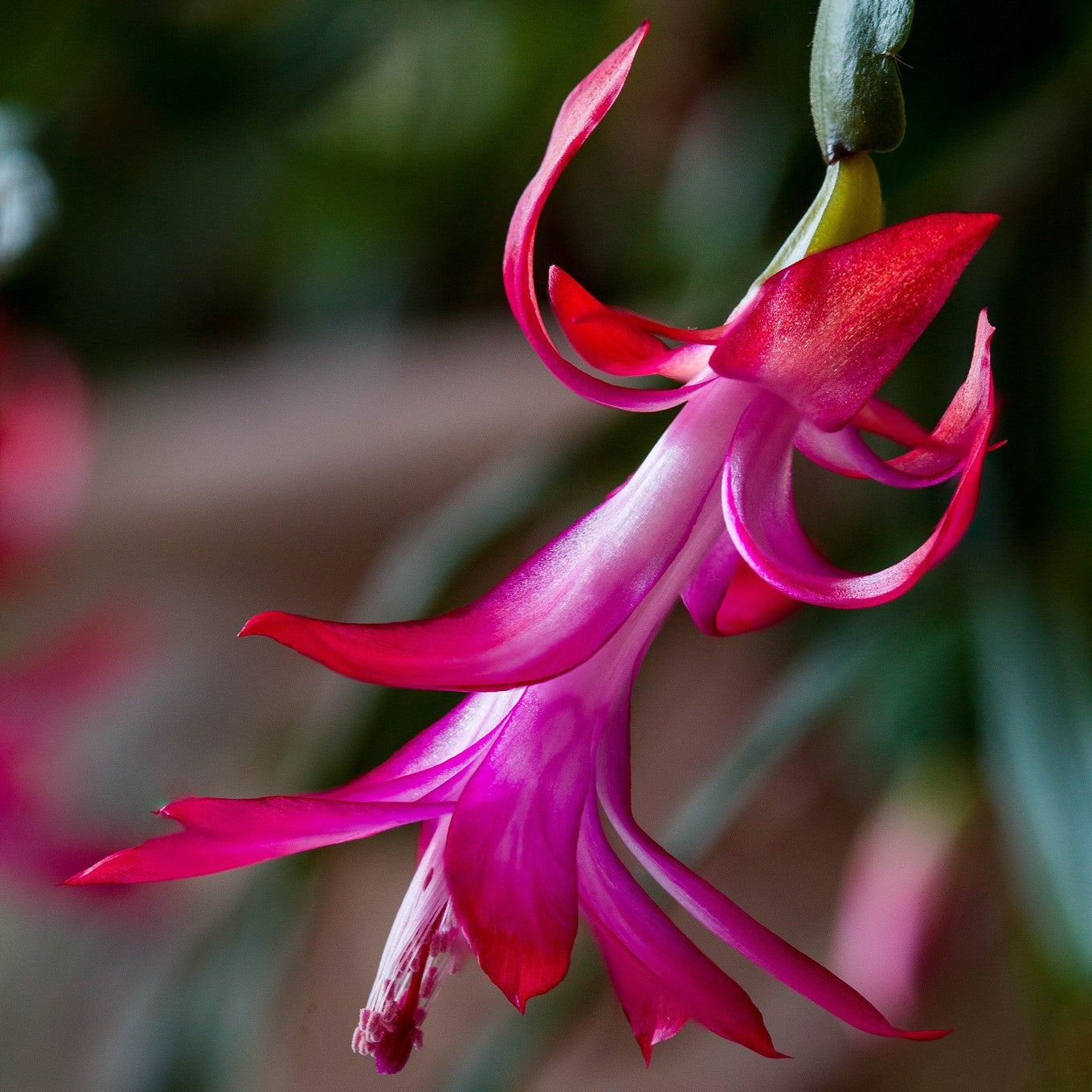
For some, the sound of jingle bells and the sight of rooftop lights signal that the holiday season is here.
But if you’re a fellow plant lover like us, the blossoming of the Christmas Cactus hints that the holidays are well underway.
This exotic plant is native to Brazilian rainforests where it grows as an air plant to gain support from trees and shrubs it sits on top of.
Here in the northern hemisphere, however, the Christmas Cactus is usually grown as an indoor plant and blossoms around Christmastime – see how fitting the name is?
Because of its rising popularity, here are eight things you need to know about this festive cactus that will have you rethinking any poinsettias you may have called your own.
1. It is Not to be Confused for the Thanksgiving Cactus
The Christmas Cactus happens to have a relative, a close cousin if you will, that strongly resembles it – the Thanksgiving Cactus.
You may think you’ve found a Christmas cactus at your local grocery store’s floral section, but oftentimes they’re mislabeled.
You see, there is a slight difference between the Christmas Cactus and Thanksgiving Cactus frequently overlooked by most. This difference is the leaf shape.
A Thanksgiving Cactus has sharp, jagged ends on its leaves.
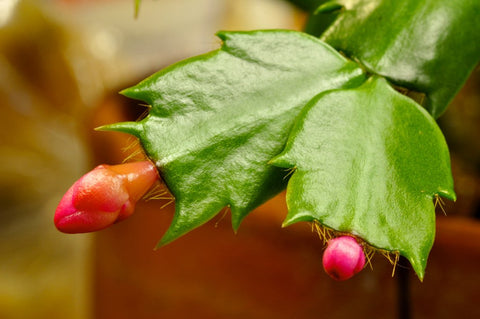
Meanwhile, the Christmas Cactus has rounded, softer looking leaf edges.
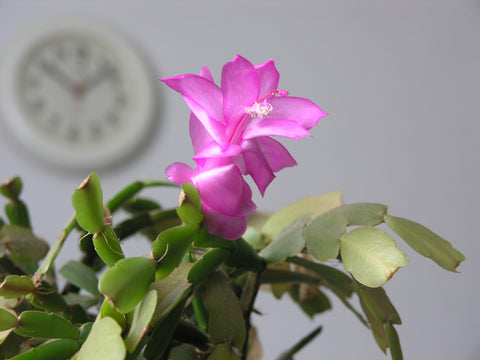
The similarities between the two are much more pronounced than the differences, but with a plant as quirky as these, distinctions definitely deserve to be acknowledged!
2. They are Non-Poisonous to Pets

Unlike the Poinsettia (which happens to be the most popular potted plant in the U.S!) Christmas Cacti are not toxic to pets.
So if Fido happens to have a hankering for some Christmas Cactus, he will not experience vomiting or irritation like he would if he chomped down on Poinsettia petals.
3. They Can be Propagated

Much like your typical succulent, Christmas cacti can be propagated. This is the process of taking a piece of a plant and growing an entirely new plant from that piece.
To propagate a Christmas Cactus, all you need to do is:
- Cut a part of the cacti’s stem.
- Allow the stem to dry for a few hours.
- Stick the stem in a small pot filled with moist peat and sand soil mix.
- Place the stem in indirect sunlight.
- Water sparingly.
After 1 to 2 weeks, the stem should develop roots and continue to grow on its own!
4. You Can Make Them Bloom More Than Once a Year
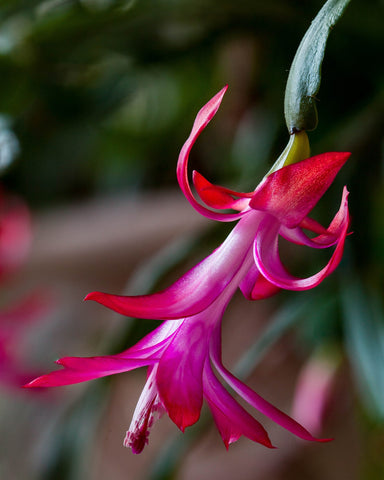
A common misconception is that a Christmas Cactus can only bloom once, but luckily, this isn’t true.
There are ways to nudge your cactus to blossom again by altering its environment:
- Allow the top inch of soil to dry out completely.
- Water until the soil is damp.
- Leave your plant in the dark for 12 to 14 hours a day and place it in indirect light for the remaining hours.
- Place the pot in an area where the temperature ranges from 50 to 55 degrees.
- Repeat this process daily until buds begin to form.
Buds should form in 6 to 8 weeks and the flowers will bloom in another 4 weeks.
5. They Like to be Root Bound
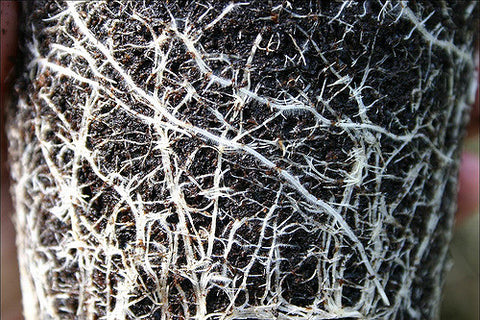
Many plant lovers learn early on that one of the best things you can do for your plants is to provide them with enough space to grow out their roots.
The Christmas Cactus, however, is an exception.
This plant does best when root bound. This is because the cactus only blossoms when it’s under a bit of stress.
Repotting every 3 years is all that’s necessary unless the roots become terribly matted and should be avoided completely while the cactus is in its flowering stages.
6. They Enjoy Being Misted, but Not Overwatered

The Christmas Cactus is extremely sensitive to moisture levels, so it’s recommended to only water the cactus when the soil is completely dry to the touch and mist the leaves instead, to maintain humidity levels – it is a tropical cactus, after all.
7. There Are Certain Plant Diseases That Christmas Cacti Are Vulnerable To
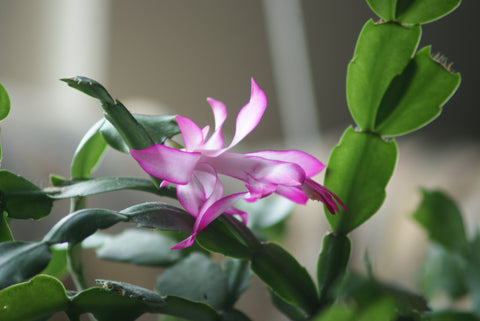
If you notice anything abnormal about your Christmas Cactus, the following diseases may be to blame:
- Basal Stem Rot
- Botrytis Blight
- Impatiens Necrotic Spot Virus
- Phytophthora Root Rot
- Pythium Root Rot
8. It’s Best to Keep the Cactus Indoors

Most houseplants can become outdoor plants under the right conditions, but it’s generally not advised for the Christmas Cactus unless you live somewhere with a temperate climate.
If placed outdoors, the plant needs to be in a shaded area where the temperature and humidity levels are close enough to those inside your home.
This is because the sun may burn its leaves and extreme outdoor temperatures can impair its growth.
Show Us Your Holiday Spirit
Do you have a Christmas Cactus you’d like to share with us? You can by following us on Instagram and using #growwithgreenway to have your one-of-a-kind Christmas Cactus and other gardening photos featured on our page.
Happy Holidays!
Related Posts:
- 6 Clever Ways to Reuse Your Christmas Tree in the Garden
- Our Holiday Gift Guide for the 2019 Season
- 6 Pet Friendly Plants for Your Home and Garden
Comments
0 Comments
Leave a Comment